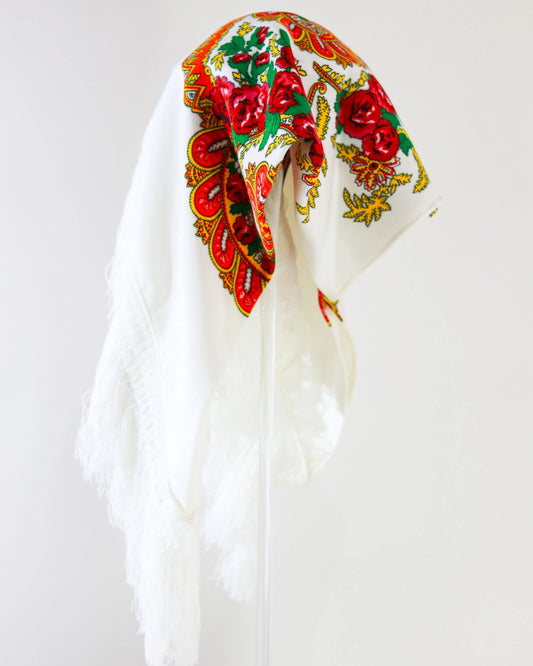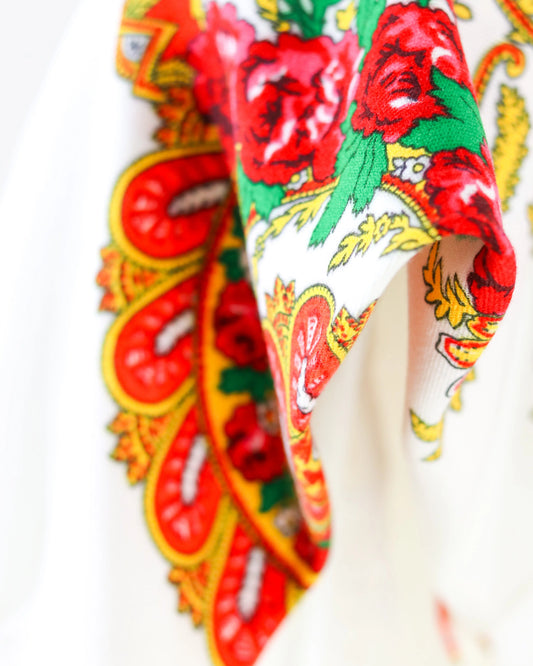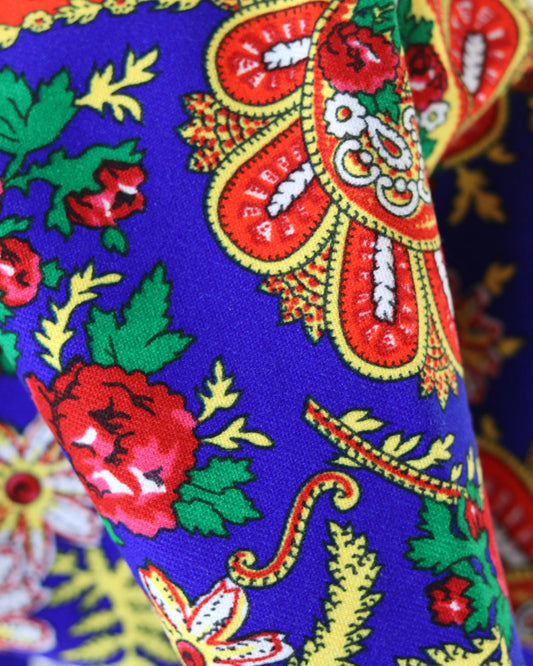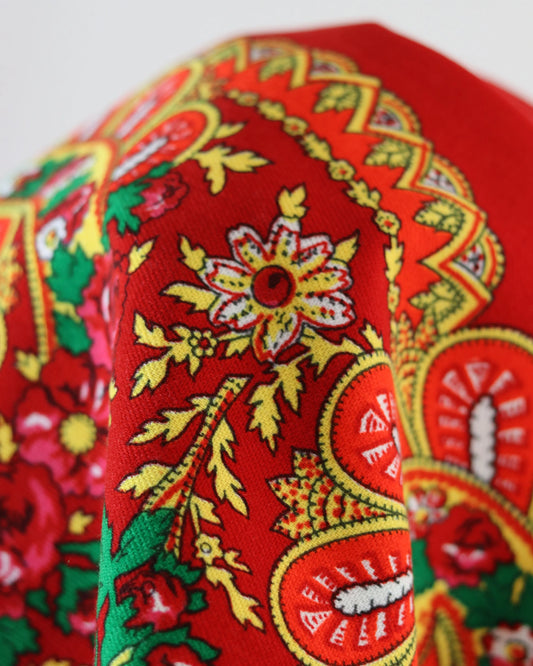How Viana prepares for annual parties and events
Morning dawns over Lima with an unhurried light. The first rumor is of wooden and iron vans, of scaffolding taking shape, of cables snaking through the squares. Viana tinkers, measures, tests, and the city prepares to party again. Those who arrive early witness a patient choreography, made of gestures honed over decades.
Preparation doesn't begin when the pennants go up. It begins long before, in winter conversations, in committee notebooks, in ranch calendars, in the kitchens of homes that store recipes. There's a long time leading up to the peak of August, and it's during this time that the quality of life on the streets is determined.
City in countdown
The city's calendar ebbs and flows, not measured solely by the clock. January marks discreet meetings, February launches competitions, and March finalizes budgets. Municipal teams draw temporary traffic maps, define technical areas, and plan access for ambulances and firefighters.
Parish councils identify sensitive points, revisit their own traditions, and point out the names of stewards, group rehearsals, and committee commitments. Everything visitors see over four days has months of behind-the-scenes history.
People, trades and costumes
Anyone who has ever browsed a Vianesa costume knows that each piece has purpose and memory. The embroidery begins in the cold, by lamplight, in homes where one learns through observation and persistence. The stewardesses go to the seamstress, choose scarves, test combinations, refine inherited and borrowed gold. Nothing is improvised.
Goldsmiths refine filigree, woodworkers prepare bows, florists visit warehouses and fields, seeking carnations that can withstand the sun, dahlias that won't droop, greenery that stands upright. In fishing neighborhoods, the quilts that adorn boats are checked, ventilated, and protected from moisture.
It's not a showcase, it's life passing from hand to hand. And this is felt when the streets fill up.
Invisible logistics that sustain the party
Behind the lights are miles of wiring, distribution boards, and sound rehearsals controlled by schedules that respect those sleeping. Civil Defense designs scenarios, simulates contingencies, and establishes meeting points. The PSP prepares perimeters and patrols, and the Volunteer Firefighters organize teams for heat, sea, and road conditions.
Urban cleaning programs schedule special routes. Reinforced dumpsters, expanded recycling collection, and night shifts leave the streets ready for the next morning. A party calls for glitz, and street sweepers also provide glitz.
Accessibility is a key consideration: temporary ramps, platforms, and designated areas for people with disabilities. The goal is for everyone to see, hear, and participate.
Music, rehearsals and living tradition
Zés Pereiras don't just appear by magic. They begin early, in pavilions and headquarters, working on repetitive scores until they're worn out. Bagpipers tune ancient scales with texts learned by ear, without sheet music. Ranchos choose repertoire, adjust turns, and decide on lineups that accurately reflect the region.
There are nights when the city hears the echoes of bass drums and adjusts its heart to that beat. It's a sound that organizes the body, summons memories, and opens space for those who love to dance.
The sea as an altar
By the time the Procession to the Sea arrives, much work has already been done on land. Boats are checked, communication systems are revised, life jackets are counted, and captaincies are in sync. In the shipyards, small adjustments ensure obedient engines. In the homes, hammocks and quilts are folded silently, as if preparing a wish.
Fishermen know the daily weather forecast meticulously. If the sea is right, the boats set out in calm, and the city holds its breath. It's not a parade, it's an ancient promise renewed with prudence and a deep respect for the Atlantic.
Flavors and prepared tables
Viana prepares the table with the same seriousness. Restaurants train teams for unusual volumes, defining agile and honest menus. Bacalhau à Viana, smoked caldo verde with chorizo, rojões (rojões), sarrabulho porridge in season, honey and olive oil cakes. In the taverns, the grill takes priority; the sardines require salting over time, the peppers rest while the embers settle.
Bakeries adjust their hours for hot cornbread during peak hours. Pastry shops double their batches of balls and filhós during Christmas, and American cookies in the summer. Servers know that patience is also a source of nourishment, so they plan short lines and quick checkouts.
Lighting, ephemeral art and sets
There's a moment when the streets take on a glow only seen these days. The lighting installation is done in phases. Tests, adjustments, and synchronization with music are required at certain points. The structures are designed for wind and vibration, with mountings that won't damage old facades.
On the ground, the salt carpets demand the early hours. Teams of residents draw outlines, define colors, and control the salt's graininess to maintain definition. It's an art that lives for only a few hours, photographed on a thousand cell phones, but that only those who share it truly understand. The body aches, but the joy compensates.
Preparation calendar
A quick look at the annual rhythm, without trying to cover all the dates, helps to understand the scale of the organization.
| Month | Featured preparations |
|---|---|
| January | Initial committee meetings, budget setting, basic license application |
| February | Contact with artists and bands, reservations of structures, first draft of program |
| March | Security and mobility plans, quotes and contracts, support requests |
| April | Start of intensive testing, lighting design, ordering of materials |
| May | Communication campaigns, small-scale sound and light tests, volunteer training |
| June | Detailed cleaning and waste plans, meetings with parishes and merchants |
| July | Gradual installation of infrastructure, revised contingency plans, simulations of the Procession to the Sea |
| August | Full execution, daily monitoring, fine adjustments, 24-hour standby teams |
| September | Disassembly, evaluation, reporting, storage of parts and materials |
| October to December | Maintenance, inventory, discreet preparation of the next cycle |
This calendar thrives on flexibility. Some days, they're asking for a break, and that's part of the art of creating a city without losing its smile.
Sustainability and respect for the city
Environmental care isn't just a detail. Reusable cups, water points to reduce plastic waste, and selective waste collection near high-consumption areas. Simple social media campaigns and posters remind us that the streets belong to everyone, and that waste has a place and a time.
Soft mobility is gaining ground. Dissuasive parking, electric shuttles, and a regional train service for those coming from Porto or Braga. Temporary bike racks near the historic center invite cycling. For those who need a car, apps with real-time occupancy information help avoid unnecessary trips.
There's also noise management. Clear schedules, field measurements, and dialogue with residents. It's a fine balance between celebration and relaxation.
Those who come from outside: reception and mobility
Viana welcomes visitors with a calm welcome. Reinforced tourist information, multilingual information, and simple and useful maps are available. Temporary signage guides those arriving from the A28, the Caminha ferry when it operates, or the Minho railway. The Eiffel Bridge, a striking feature of the landscape, handles traffic that requires a specific circulation plan.
Hotels, hostels, and guesthouses are preparing expedited check-ins and late check-outs tailored to the fireworks display schedule. Small gestures make a difference: bottled water upon arrival, suggestions for less busy times, and guaranteed reservations at partner restaurants.
Local economy and collaboration networks
A festival thrives on culture, but also on proper finances. The city government structures partnerships, secures responsible sponsorships, and supports associations that carry out a large part of the program. The money circulates among local suppliers, designers, sound technicians, electricians, florists, seamstresses, kitchens, taxis, cafes, and markets.
Craft stalls are curated. Authenticity is guaranteed and local products are promoted: scarves, filigree, ceramics, sweets. The goal is for visitors to take home memories of their roots, not just objects with labels.
Technology at the service of tradition
Modernity doesn't replace tradition; it supports it. Tickets for paid shows, when available, help cut lines. Digital maps indicate the locations of stages, restrooms, and first aid stations. Cell phone alerts warn of route changes in the procession, crowding times, and relevant weather conditions.
Behind the scenes, technology also benefits. Walkie-talkies integrated with dispatch applications, geo-referenced cleaning teams, real-time incident records, and data reports that help improve the following year. Transparency and efficiency go hand in hand with the visitor experience.
Rituals that structure affection
There are moments everyone recognizes without even looking at the program. The imposing Desfile da Mordomia (Mordomia Parade) requires weeks of rehearsals for protocol, exit order, and precise intervals. Carriers practice posture, breathing, and balancing valuable pieces. Respect for those who have already paraded brings tricks not found in a manual.
The salt carpets call to children and grandparents. Each street has its own grammar of colors. The flowers on the float follow a dialogical geometry. In the churchyard, the sound of the organ prepares for the solemn mass. This cadence isn't improvised on the fly, and that's why it's so moving.
Tips for partying like a local
- Arrive early and choose shaded spots, especially on hot days.
- Respect the order of the processions and avoid crossing the procession.
- Buy water in a reusable cup and use the refill points.
- Try a dish of the day at family restaurants, outside of peak hours.
- Wear comfortable shoes. The sidewalk is beautiful, but be careful.
- Consult the map to find public restrooms. Avoid unnecessary lines.
- If traveling by train, plan your return journey with a margin. Some services fill up quickly.
- Photograph with respect, asking permission when capturing faces up close.
Small actions contribute to a fuller experience for everyone.
The people who make it happen
Names don't always appear on the poster. There are stage managers who spend hours watching the clock. Technicians who climb and lower light towers without being noticed. Sound operators who tune microphones with pinpoint precision, often under pressure. Volunteers who distribute programs, divert cars, and help those who get lost from their families.
At the end of each day, cleaning crews arrive as if it were the first shift. It's impressive to see a plaza that was once full return to being clean by sunrise. This rhythm demands pride in a job well done, and it exists.
The city as a rehearsal room
Viana doesn't close down to prepare for a party; it lives with everyday life. Ongoing construction adjusts perimeters, businesses remain open, and schools finish exams. Preparation is an exercise in coexistence. There are meetings with residents, email lists, and WhatsApp groups that quickly decide who puts up the ribbon, who opens the gate, who announces the block café.
The municipal police and the PSP (Public Security Police) fine-tune their communication. When things fail, you learn. When things go well, almost no one notices. This is the hallmark of the organization: invisibility is a sign that the city is flowing.
The body of the party: time, space, rhythm
Producing events in an ancient city requires clear metrics. Density per square meter, evacuation time, corridor width, hospital response time. These numbers aren't cold; they protect people. The technical teams treat us with rigor, and this allows us to be bold and safe.
Public space is sensitively transformed. A square gains a stage, a street becomes a corridor of faith, the riverbank becomes a grandstand for a fire on the river. Each transformation respects lifelines: emergency exits, garage access, loading and unloading of bakeries that cannot be stopped.
Party that is also school
Children participate in embroidery workshops, learning the difference between a sieve stitch and a herringbone stitch. Young people in professional tourism and event production courses do internships, work alongside team leaders, and understand what it means to calmly manage unexpected situations. And they're missed because they refresh teams and bring fresh ideas.
Museums and cultural centers host temporary exhibitions on costumes, jewelry, and historical photography of the pilgrimage. Visitors learn to better understand what's happening on the street. With more context, the festival gains depth.
What remains of each year's edition
After the peak, there are reports. What worked, what needs adjustment, where we spoke too softly, where we shouted unnecessarily. The numbers matter: visitors, water consumption, waste collection, incidents, impact on transportation. But we also gather reports and opinions from first-timers and repeat visitors.
Some corrections are implemented quickly. Others require investment and time. It's a cycle that respects rhythm, and this instills confidence in those involved.
Little big stories
A butler parading around with her grandmother's gold. A fisherman carrying a palanquin with sea-weary hands. A technician who replaces a burnt-out light bulb in one minute because he knows the fireworks start in the second. A group of friends waking up at 4 a.m. to finish a salt rug with a pattern they invented the year before.
These stories make up a mosaic that doesn't fit into a single program. Without them, the city wouldn't vibrate the way it does.
The rhythm that remains
When the lights dim, Viana resumes her routine with a different rhythm. There's a taste of collaborative work, a growing knowledge. Preparations for the next party begin quietly, with a new notebook, a brief meeting, a rehearsal that doesn't wait until summer.
Those who return months later recognize this brilliance in the preparation. Because here, the party is a promise fulfilled, and the city is already preparing for the next event, with the same patience with which Lima charts its course.






